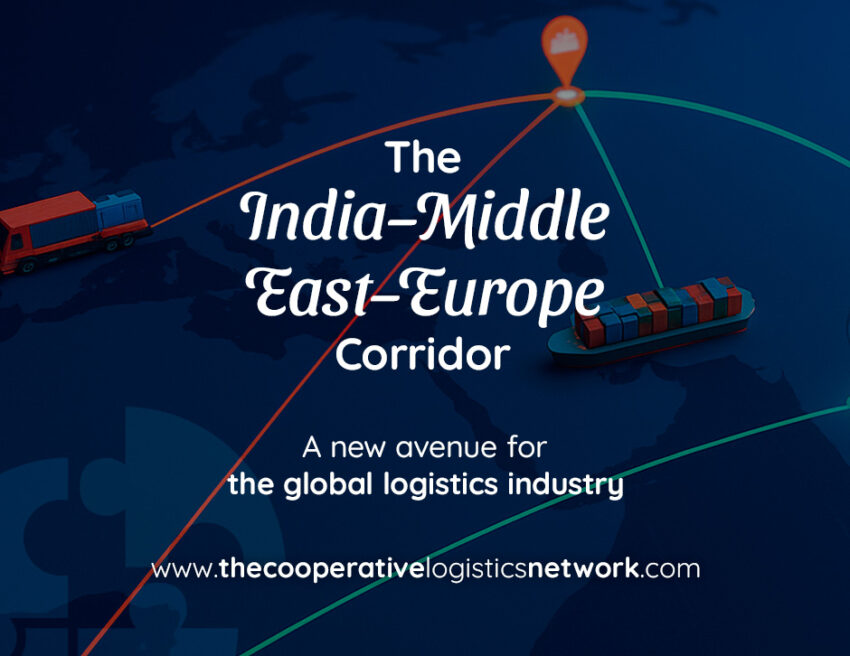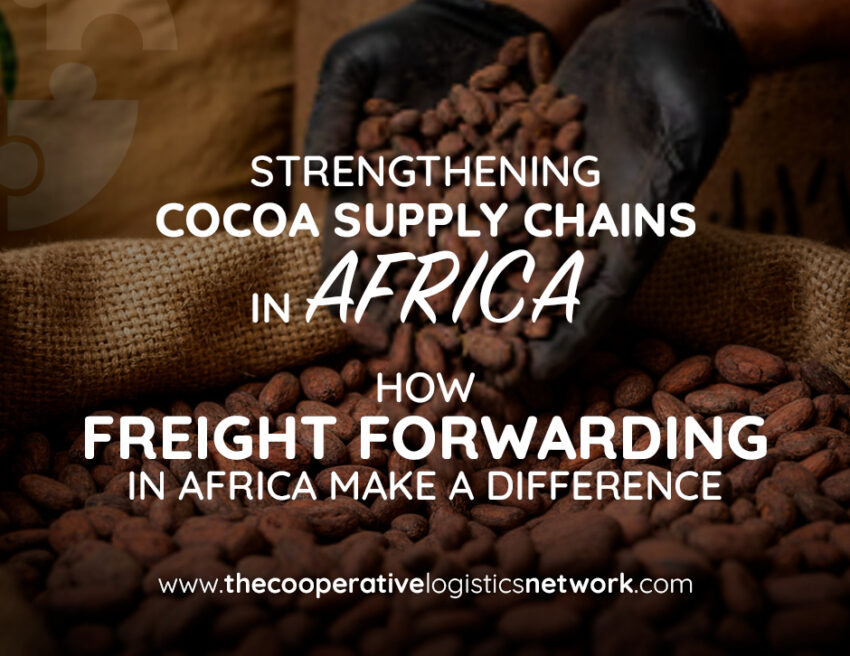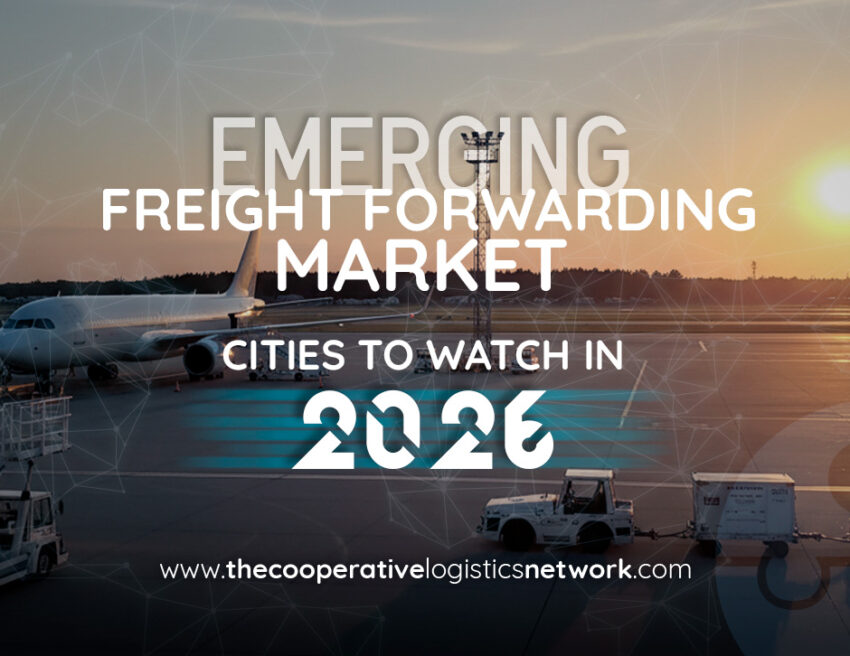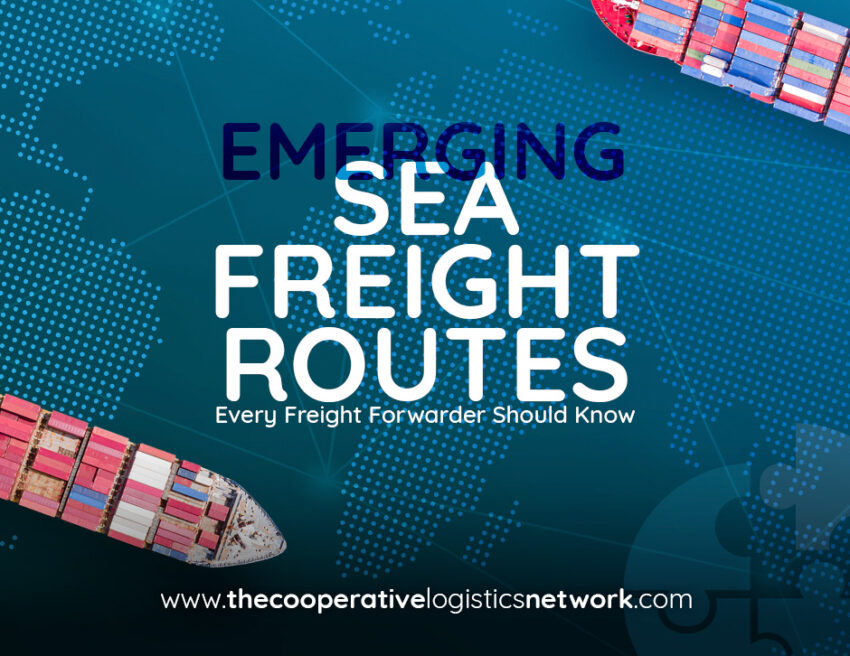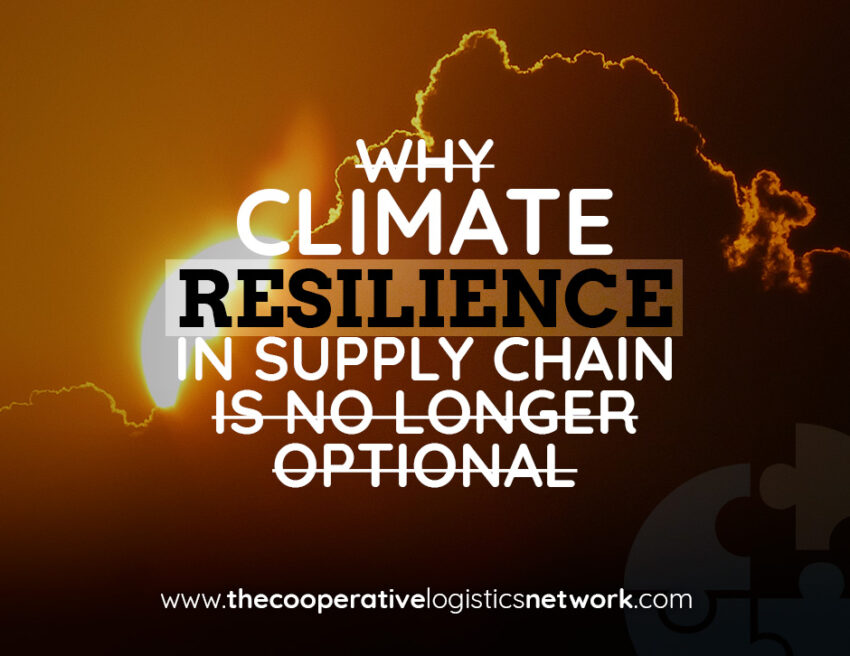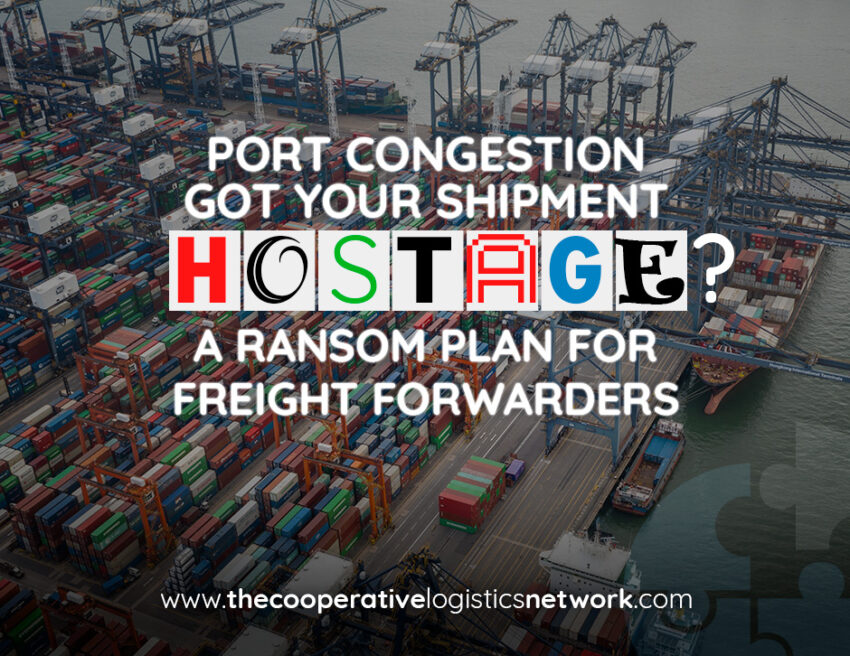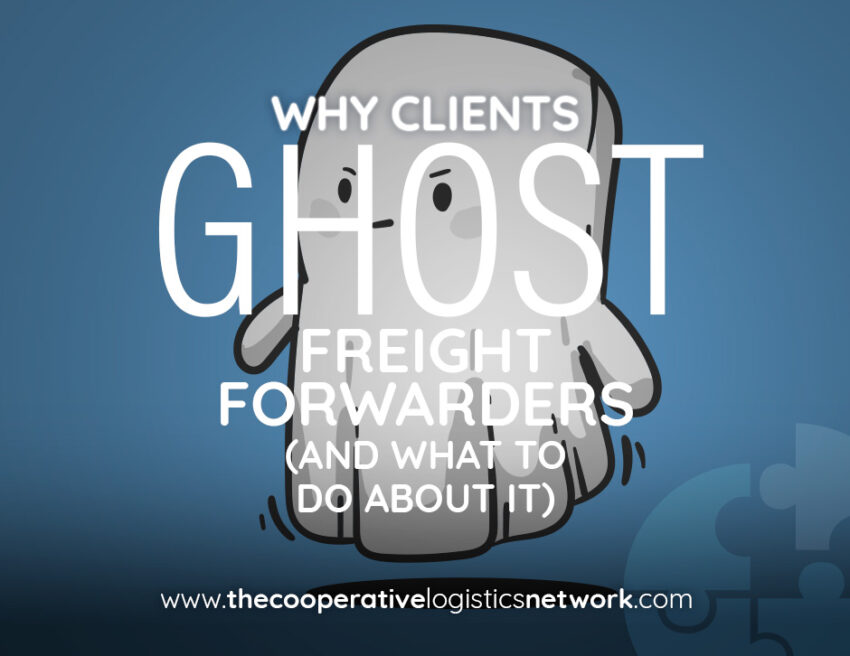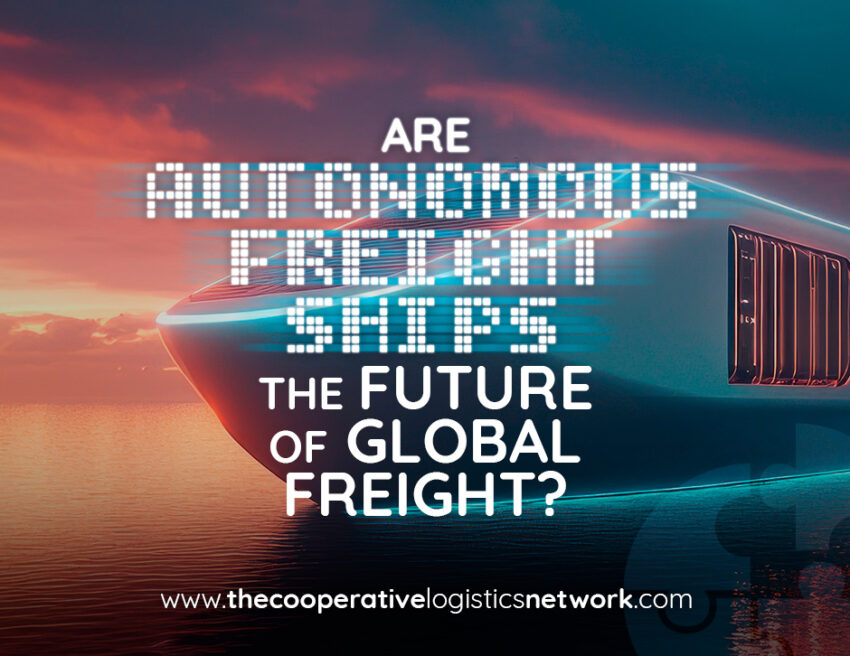The logistics industry stands on the brink of transformation with the unveiling of the India–Middle East–Europe Corridor (IMEC), a visionary multimodal transport project announced during the 2023 G20 Summit. Designed to enhance connectivity between India, the Middle East, and Europe, this corridor aims to redefine global trade by offering a faster, more reliable, and sustainable…
The Cooperative blog
Category: Logistics articles
Top Multimodal Routes for 2026: Opportunities Across Land, Sea, and Air
The logistics landscape is evolving faster than ever. Businesses are no longer satisfied with moving goods from point A to point B, they want speed, efficiency, cost-effectiveness, and reliability. This is where multimodal transport comes in. By combining different modes of transport, including road, rail, sea, and air, forwarders can create seamless supply chains that…
The Future of Customs and Trade Compliance: Preparing for 2026
Customs and trade compliance are increasingly critical for freight forwarders, importers, and exporters worldwide. As regulations evolve and global trade becomes more complex, forwarders must stay ahead to ensure smooth operations, avoid penalties, and maintain strong relationships with clients and authorities. The Middle East, Asia, Europe, and other key regions are implementing stricter compliance requirements,…
Strengthening cocoa supply chains in Africa & how freight forwarders in Africa can make a difference
Have you ever wondered how cocoa beans harvested in remote regions of Africa arrive safely at chocolate factories around the world? What happens when roads are impassable, ports are congested, or shipments are delayed due to unforeseen circumstances? For African cocoa, the journey from farm to factory is fraught with challenges, and the resilience of…
Emerging Freight Forwarding Markets: Cities to Watch in 2026
As 2026 approaches, the emerging freight forwarding market is shifting rapidly, with new cities positioning themselves as major logistics hubs. For freight forwarders, these cities represent an opportunity to capture fresh demand, diversify trade lanes, and expand their client base. The question is: which cities should you be watching, and how can you prepare to…
Emerging Sea Freight Routes Every Freight Forwarder Should Know
Sea freight still carries more than 80% of global trade by volume, and while established trade lanes like Asia–Europe and Trans-Pacific remain crucial, the real opportunities for forwarders lie in emerging sea freight routes. As new markets open up and global demand shifts, forwarders who spot these routes early can build profitable partnerships, optimize capacity,…
Why climate resilience in supply chain is no longer optional
Freight forwarders know delays are part of the job. But in recent years, the delays caused by extreme weather events have gone from occasional hurdles to massive, recurring disruptions. Floods, hurricanes, wildfires, and heatwaves are no longer “black swan” events. They’re becoming part of the baseline operating environment. What this really means is that supply…
Port congestion got your shipment hostage? A ransom plan for freight forwarders
The freight forwarder’s playbook for outsmarting port congestion in 2025 If you’ve been in freight forwarding long enough, you know the drill, more often than not, your container finally reaches the port… and then just sits there. Days pass. The tracking updates are frozen. Clients are calling. The port looks more like a parking lot…
Why clients ghost freight forwarders (and what to do about it)
If you’ve been in the freight forwarding business for more than five minutes, chances are you’ve dealt with it: a promising lead suddenly stops replying. The emails go unanswered. The phone calls hit voicemail. That once-eager prospect you spent days quoting and following up with? Gone. No explanation, no warning, no deal. This silent disappearance,…
Are autonomous freight ships the future of global freight?
The ocean freight sector is no stranger to transformation. From the rise of containerization in the 1950s to today’s digital platforms streamlining customs clearance and shipment tracking, maritime logistics has always evolved with the times. But now, it’s facing a potentially seismic shift—one that could redefine the very nature of ocean freight forwarding: the rise…


